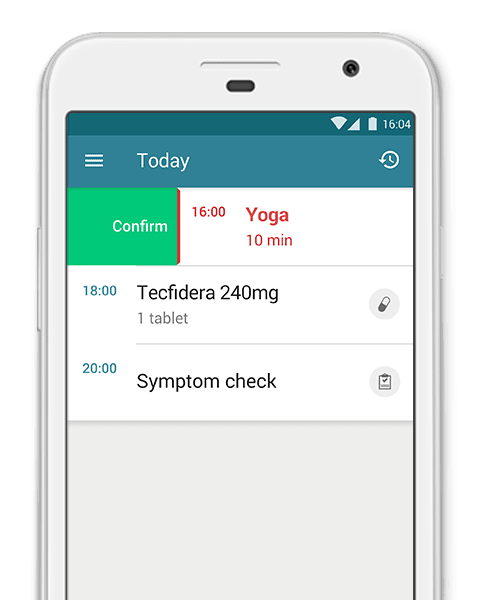Polyarthralgia is a non-inflammatory condition very similar to polyarthritis. It can cause pain in joints throughout the body and can be the result of a variety of risk factors and underlying conditions. In today’s blog, we will break down what exactly polyarthralgia is, what causes it, how it is diagnosed, and how it’s treated.
What is Polyarthralgia?
You would be correct in assuming that polyarthralgia shares many characteristics with the similarly named and more commonly known polyarthritis. They both have very similar symptoms in that they cause pain and tenderness in the joints. The primary difference between the two is that polyarthralgia does not cause inflammation to the joints, while polyarthritis does.
Polyarthralgia can come in a variety of forms and has several potential symptoms. Symptoms can be persistent or intermittent and may include burning, tenderness, stiffness, or pain in the joints.
What Are the Risk Factors and How Is It Caused?
Many of the risk factors for polyarthralgia are the same as arthritis. This combined with similar symptoms may make polyarthralgia initially appear to polyarthritis. If any of the following applies to you then you may be at a greater risk of developing polyarthralgia.
- You are female
- You engage in frequent physical activity that puts strain on your joints
- You are over the age of sixty
- You have had joint injuries or surgeries in the past
- You are obese
- You have bone cancer
- You have tendinitis
In general, one of the most common causes of polyarthralgia and the reason many of these risk factors are risk factors come down to excessive joint strain. However, there are other possible causes such as infections caused by a virus and certain autoimmune diseases.
How is Polyarthralgia Diagnosed?
It is often necessary to have laboratory testing conducted to make a definitive diagnosis, but preliminary examinations will usually take place first. Typically, medical history will be an important area to examine when diagnoses polyarthralgia. Additionally, physical tests and inspections can include the feeling of the joints and checking patients’ range of motion. Aside from these testing methods, imaging technologies such as MRI or CT can be used. Finally, doctors may utilize a technique known as arthrocentesis. This procedure involves removing and analyzing fluid from the joints which, in turn, will also reduce pain.
How is Polyarthralgia Treated?
While there are medical treatments available for polyarthralgia the first line of defense is typically making lifestyle changes. By making changes to their diet and exercise habits, patients can potentially relieve some of the symptoms of polyarthralgia.
One of the best types of exercise to try if you have polyarthralgia is a low-impact exercise. Low-impact exercises are workouts that are gentle on joints will still providing great fitness benefits. Some popular examples would be walking, swimming, cycling, or even yoga. Lifting weights may also be acceptable but it's essential to ensure that the exercises are performed safely and correctly to avoid further joint strain. In general, any physical activities that are gentle on joints are a good idea. Some examples of activities to avoid would be running, intense weightlifting, or sports like football. Maintaining a healthier, more active lifestyle may lead to weight loss which in turn eases the strain on joints and may slow the progression of polyarthralgia. If you have found it difficult to lost weight, try talking to your doctor and you may be able to develop a fitness plan together.
Aside from living a more active lifestyle, acupuncture and massage therapy have been effective in symptom reduction for some patients. If the pain of polyarthralgia has been difficult to manage and it makes an active lifestyle hard it may hay help to combine it with acupuncture or massage therapy.
If lifestyle changes are unable to reduce or relieve symptoms, then a doctor may prescribe medications to make the condition more manageable. If pain is severe, anti-inflammatory drugs or cyclooxygenase-2 inhibitors are commonly prescribed. Both treatments are similar in effectiveness, but cyclooxygenase-2 inhibitors often have milder side effects. In cases of less severe pain acetaminophen can be used to provide relief.
You can read more about arthralgia and polyarthralgia treatments here.
Conclusion:
Polyarthralgia can be a nuisance and there is no official cure. However, the outlook for patients remains relatively positive. Oftentimes it will only last a short time and does not require medical treatment. Patients are usually able to mitigate symptoms through lifestyle changes and they can in turn ensure they maintain a high quality of life.
Take a look at some of the other posts on the MyTherapy blog:
Arthritis Gloves: Do They Really Work?
Living Well with Rheumatoid Arthritis: 3 Apps You Can Download Today



